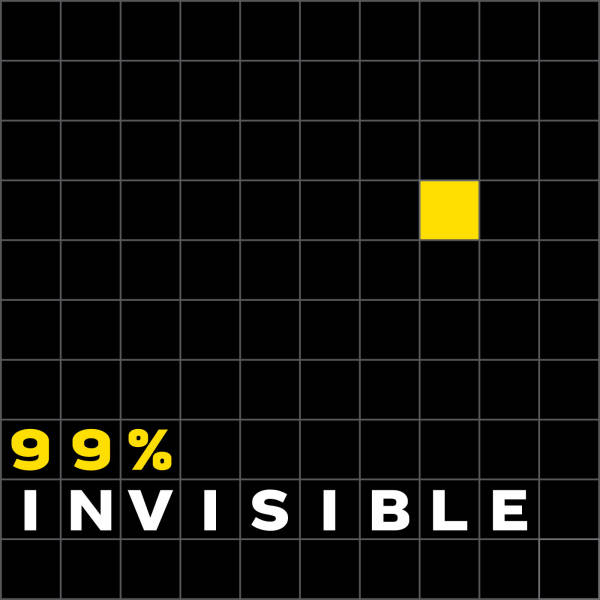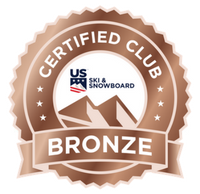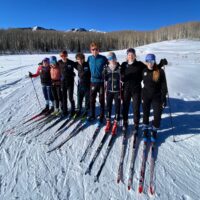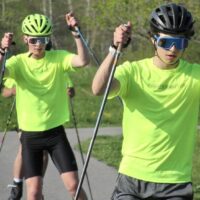Somewhere around the time I graduated from college, I started listening to public radio. I’m not sure if it’s because I wanted to feel “more like an adult”, or just because it’s some strange and unstoppable transition that happens when individuals adopt a lifestyle of more responsibility and maturity. There’s always the outlying college student, or the even more rare high school kid (looking at you Chlolo Jones) who tunes in to All Things Considered or Morning Edition, but more than likely that if the ski coach turns the van radio to NPR you’re in for a world of groans and protest.
I distinctly remember a van ride to US Nationals in Rumford in 2010 where my teammates and I accosted our coach for playing nothing but NPR and Tom Petty. As a Sophomore on the team put it, “people usually enjoy Tom Petty a little bit…or are like ‘hey, Tom Petty is on the radio!’…but nobody is, like, a diehard Tom Petty fan”. Well said.

For all the diehard Tom Petty fans out there
But now the radio in my old Subaru is broken, and I’ve been at a loss. “Only A Game” almost always plays en route to Saturday morning training. “Wait Wait…Don’t Tell Me” is on when I’m driving home from Sunday’s workout. Snarky Kai Risdal is always on “Marketplace” when I’m driving home from the Range on a hot summer evening.
Luckily I’ve found podcasts, which take the place of the broken radio. Some are NPR programs themselves, and some are independent.
The entry-level podcast for anyone is probably “This American Life“. Of course it plays on NPR too, so it’s kind of like the gateway audio drug. But TAL is an immense program with an hour-long runtime, and the connected threads don’t always stand up on their own. There might be a part I’ll skip over, or a part that is more forgettable than the rest.
Another podcast, and my first true commitment (the first one I subscribed to) is “Stuff You Should Know“. This is great background banter with some knowledge thrown in, and I’ve listened long enough for it to really evolve and grow in production value and fame. But conversations can be droning, episodes get off track, and consistency in themes is tough to come by. Typical episodes are 30-40 minutes.
And then there’s “99 Percent Invisible”, the title of this post and the skiing connection you’ve probably been waiting for.

99 Percent Invisible has a theme that is somehow broad and nuanced all at once. It encompasses “design”, in a word, but stretches that term and applies it to absolutely everything. It makes you think about the world, yourself, your relationships, and your actions in new ways.
“99PI” is incredibly well-produced, something I’ve only become aware of by listening to a plethora of other podcasts in comparison. The writing is smooth, the delivery is succinct, the editing and cuts are unique and clever, and even the background music and effects are subtle-yet-pleasing and fit the mood. It’s like a less schizophrenic version of Radiolab, which I think takes all of those editing elements one step too far and is borderline unlistenable for me.
“This American Life” is a ski tour. It’s a vast world of new ideas that can be explored leisurely and at your own pace, as you pick and choose memorable moments. Occasionally something will really pique your interest and you’ll definitely search further, while sometimes you’ll just feel kind of cold and ready to head inside for cocoa.
“Stuff You Should Know” is like a long-distance workout. You get better at handling it the more time you spend with it, and it rewards good investment. But you can go overboard with it and definitely get burnt out.
“RadioLab” is like a sprint race. A very serious goal and multiple heats en route to the endpoint, but edited and sharply cut together with all the chaos, broken poles, trips and pileups of a narrow turn in a heat of 6 racers.
“99 Percent Invisible” is the perfect ski race in the purest sense. It’s incredibly focused, but relies on a ton of research, preparation and skill to pull off. The transitions are flawless, with no wasted energy or effort.
Most importantly, everything happens within a 15-25 minute window. That’s the time frame of a 5 or 10 kilometer race, with a similar level of preparation, skills, transitions, and effort are required.
Artfully well-produced skate skiing from Rogan Brown and Ida Sargent, video I took at Spring Series a few weeks ago
Finally, the title of the program references how so much of design and creation goes unseen. This has a double relation to skiing, when you think about both how much time is training (99% or so) versus racing (1% or so) and also the relative invisibility of our sport in America. It’s all about putting everything together seamlessly…you spend all year training for a short race season, and when it goes right all the pieces fit together with a gracefulness that will keep you engaged (or maybe subscribed) for the long haul.

Also 99% invisible… if you can’t see us through the fog, that doesn’t mean we aren’t training
BONUS: It’s impossible not to listen to this 99PI episode and not make comparisons and ask yourself some deep questions about the current state of classic skiing and the whole “what do we do about everyone double poling the classic races” issue:
99 Percent Invisible: The Yin and Yang of Basketball




Comments are closed.